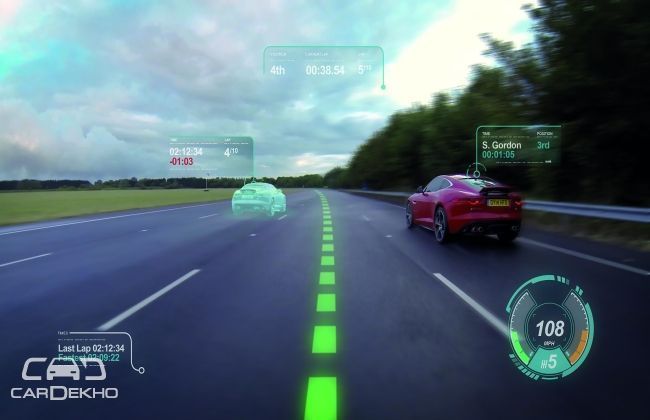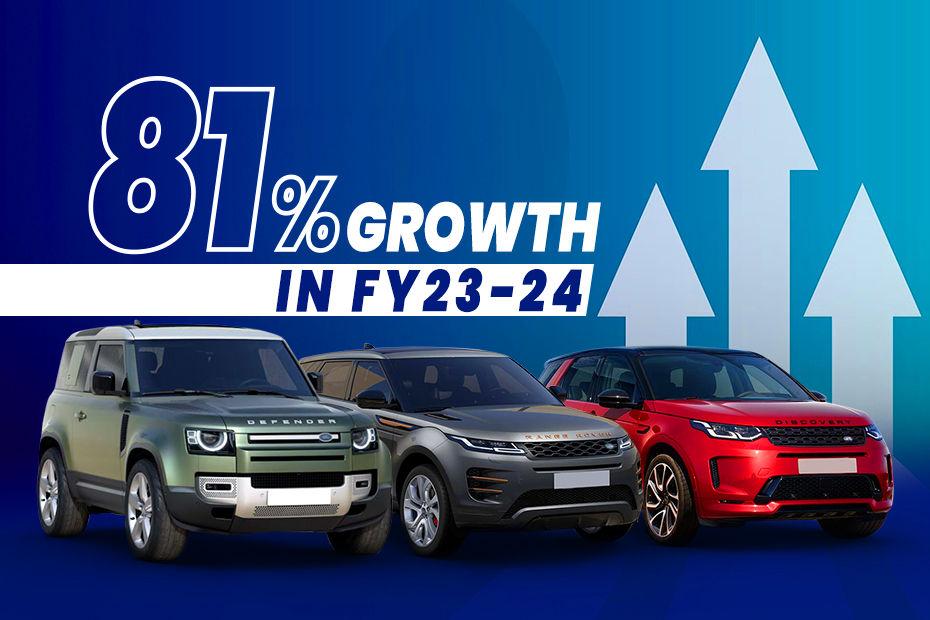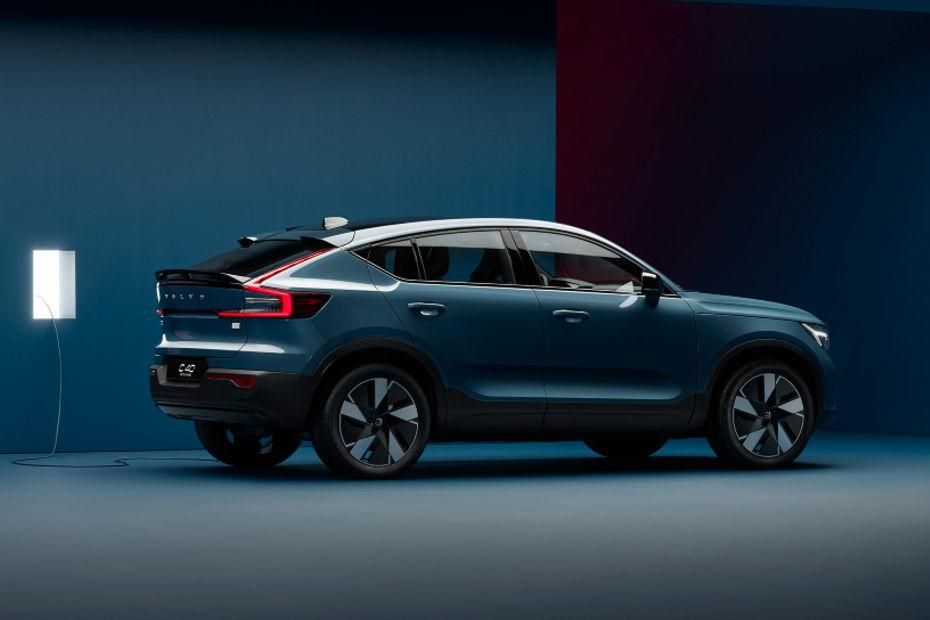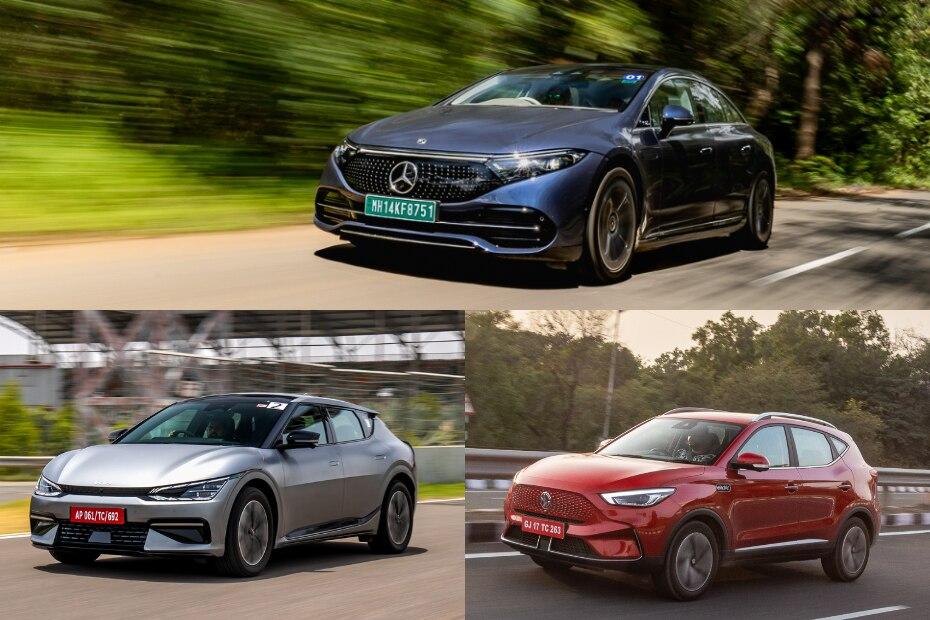Jaguar Land Rover creates new virtual view of the road
Published On Jul 14, 2014 09:57 AM By Rahul
- 1.5K Views
- Write a comment
Jaguar Land Rover is creating several new technologies to offer an enhanced ‘virtual’ view of the road or race-track by developing new ways to give drivers higher quality, life-like graphics and information. The ‘Jaguar Virtual Windscreen’ concept uses the entire windscreen as a display so the driver’s eyes need never leave the road. High quality hazard, speed and navigation icons could all be projected onto the screen together.

For performance drivers, imagery that could aid track driving includes:
. Virtual cones can be laid out on the track ahead for driver training. These could be moved as the driver’s ability improves.
. Racing line and braking guidance. Virtual racing lines on the windscreen appear to be marked on the track ahead for optimum racing line, with changes in colour to indicate braking guidance.
. Ghost car racing. Improve your lap times by racing a ‘ghost car’ visualisation of your car on a previous lap, or compete against a lap uploaded from another driver.
Dr Wolfgang Epple, Director of Research and Technology for Jaguar Land Rover, said: “We are working on research projects that will give the driver better information to enhance the driving experience. By presenting the highest quality imagery possible, a driver need only look at a display once. Showing virtual images that allow the driver to accurately judge speed and distance will enable better decision-making and offer real benefits for every-day driving on the road, or the track.”
Jaguar Land Rover is developing a gesture control system to keep the driver’s eyes on the road and reduce distraction by limiting the need to look at or feel for buttons and switches to press.
Jaguar Land Rover has therefore developed an innovative 3D instrument cluster, which uses the latest head- and eye-tracking technology to create a natural-looking, specs-free 3D image on the instrument panel. Cameras positioned in the instrument binnacle or steering column area track the position of the user’s head and eyes. Software then adjusts the image projection in order to create a 3D effect by feeding each eye two slightly differing angles of a particular image. This creates the perception of depth which allows the driver to judge distance.
“Gesture control has already become an accepted form of controlling anything from TV sets to games consoles. The next logical step is to control selected in-car features. We have identified which functions still need to be controlled by physical buttons and which could be controlled by gesture and carefully calibrated motion sensors,” said Dr Epple. “The system is currently being tested on a number of features including sunblinds, rear wipers and satellite navigation maps. It has the potential to be on sale within the next few years.”
0 out of 0 found this helpful















